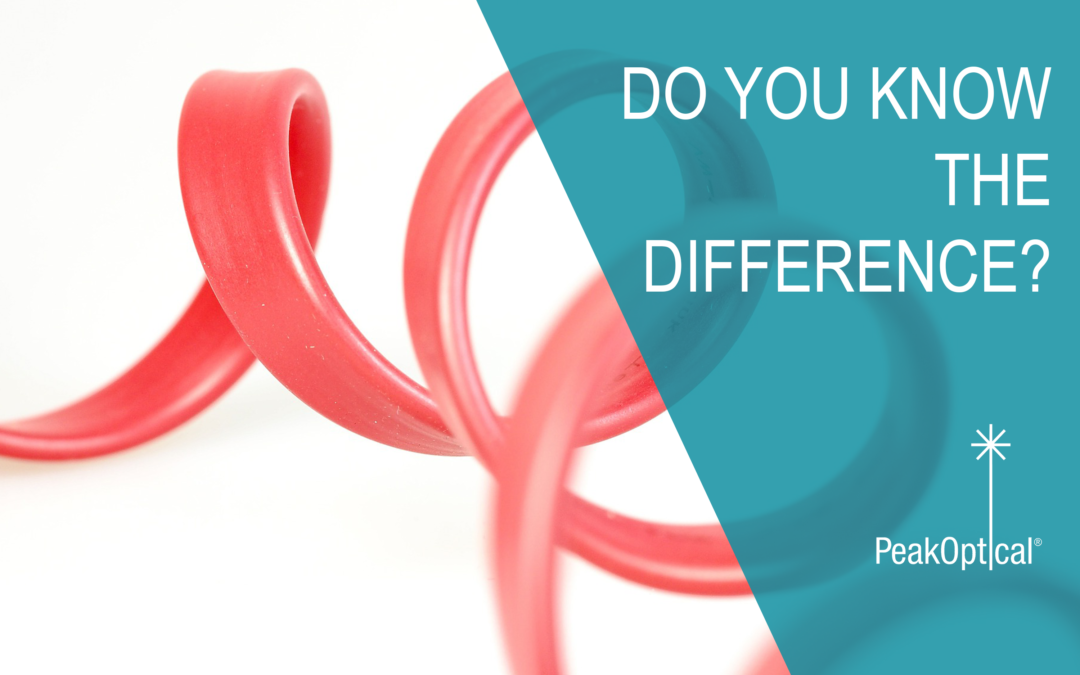Do you know the difference between the most common types of communication cables? We’re talking about the fiber optic, coaxial and twisted cables which are the most used in modern networks and have a great effect on the connectivity, on the speed of data transfer and overall security.
The difference between Fiber Optic, Coaxial and Twisted Pair cables
In this short article we take a look at each one of them and we discuss the main differences.
1. The fiber optic cables
Fiber optic cables are the most common type of data transmission cabling technology. Instead of using pulses of electricity, fiber optic makes use of light signals to transfer the information at considerably faster speeds. These cables have 26.000 times more capacity than the twisted patch cords and the f.o. protective layer effectively blocks any external interference.
The fiber optic cables are multimode and single mode.
Single mode cables are designed to carry light directly down the fiber. It is a single strand of glass fiber and has a diameter of 8.5-10 microns. Because it has one mode of transmission, it will propagate 1310 or 1550 nm.
Multimode patch cords have a bigger diameter, typically 50-100 microns for the light carry component. Over medium distances, multimode fibers give high bandwidths at high speeds. Light waves are dispersed into numerous paths, or modes, as they travel through the cable’s core typically 850 or 1300nm. In cable runs longer than 914,4 meters, the multiple cable pats can cause distortion at the receiving end, resulting in an unclear and partial data transmission. Multimode cables are considered to be the “domestic” fiber as they are used for local-area network, as an example, they can be used in FTTH. Multimode can reach up to 100Gbps Ethernet.
2. Coaxial Cables
Coaxial cables have a single solid copper core which transports the data through electrical impulses. Compared to the twisted cables, coaxial patch cords have 80 times the transmission capacity, they provide a stable transfer of data and a good prevention of any interference. Moreover, they are less expensive, if compared to the costs of fiber optic.
The coaxial cables come in two types: 75 Ohm and 50 Ohm. The 75 Ohm are used for video signal transmission and to connect them with different devices such as VCRs or DVDs. The 50 Ohm are meant for data transmission in a 2-way communication system. They are commonly used for GPS antennas, cell phone systems, police scanners and other.
3. Twisted Pair Cables
Last, but not least, the Twisted Pair Cables are designed to reduce the noise from outside sources. They are composed of two insulated wires, twisted together. It is known that, despite their effectiveness, the patch cords can suffer from high attenuation and lower bandwidth.
As the previously mentioned cables, the twisted pair comes in two types as well: shielded or unshielded. The Shielded Twisted Pair (or STP) is covered by a foil jacket that prevents any external interference. Because of its high resistance to exposure, it is often used for exterior cabling. The Unshielded Twisted Pair (or UTP) is widely used in residential and business application. The cable doesn’t rely on protection to block interference.
Now that you know the difference between the three types of cables, which one suits your network the best?


